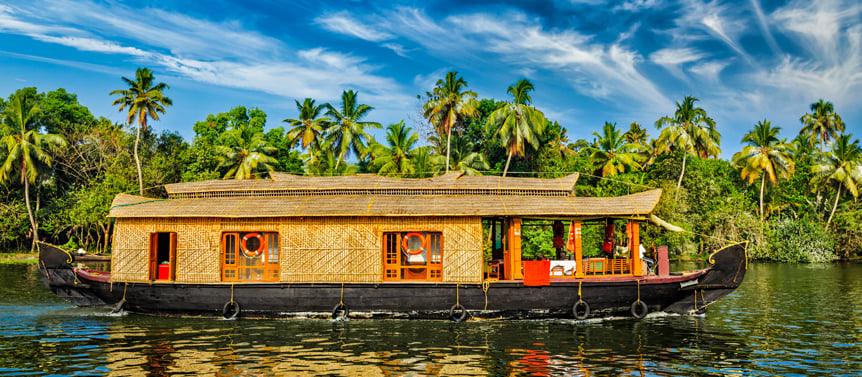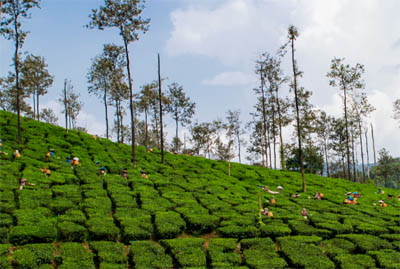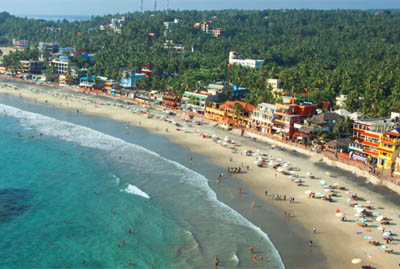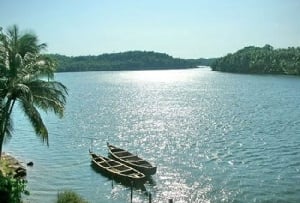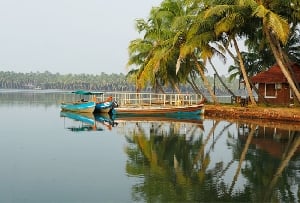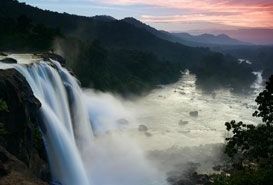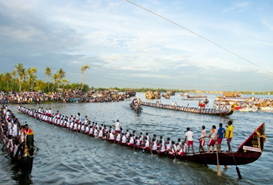Kerala’s martial art style is known as kalaripayattu. The majority of Kerala’s artistic styles may be observed to be influenced by Kalaripayattu. In the past, kalaris, also known as battle fields or fighting arenas, were an essential component of everyday life.
The position of Kalaris and their influence varied as social life underwent changes. Today, Kalaripayattu is performed as a spectacle at festivals and other events. People are more interested in Marmachikitsa and Kalari therapy (as a medical system) for the treatment of vital parts.
Explore Kerala tour package for 7 nights 8 days, 9 Days Kerala spice tour
History of the Kalaripayattu Martial Art Form in Kerala
The history of Kalaripayattu can be traced to the Dhanur Vedic texts and references in the Vishnu Puranas. Kalaripayattu is a Malayalam word. “Kalari” means a school or gymnasium, and “payattu” means to fight or exercise. Therefore, Kalaris was originally a school where the skills of this art were taught to the students. According to Hindu mythology, it is believed that Parashurama was the pioneer of this Kerala art, and he created Kalaris to impart training.
Stages of the Kalaripayattu Martial Art Form in Kerala
I Stage: (Meipayattu or maithari), involves the use of bodily motions.
II stage: (Kolthari) This stage involves the feats using sticks.
III stage: (Angathari ) It consists of the use of metal weapons.
IV Stage: (Verumkai) The last step consists of fighting with empty hands without any weapons.
Check out Kerala Tour Packages, Munnar Tour Packages, Kochi Tour Packages, Wayanad Tour PackagesWeapons of the Kalaripayattu Martial Art Form in Kerala
- Koottukari or Shareeravadi
- Otta (Curved Staff)
- Cheruvadi or Muchhan
- Val Parija (Sword and Shield)
- Gadha (Mace)
- Kuntham (Spear)
- Kattari (Dagger)
- Verum Kai (Barehand)
- Urumi

